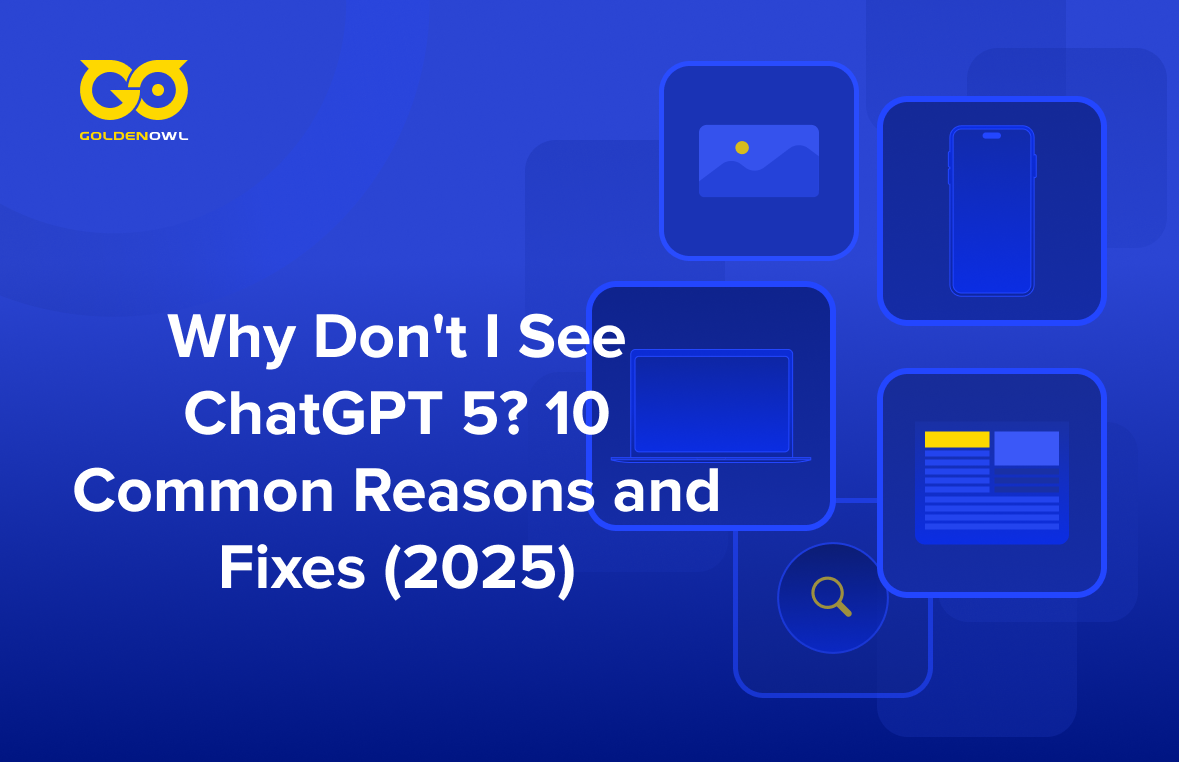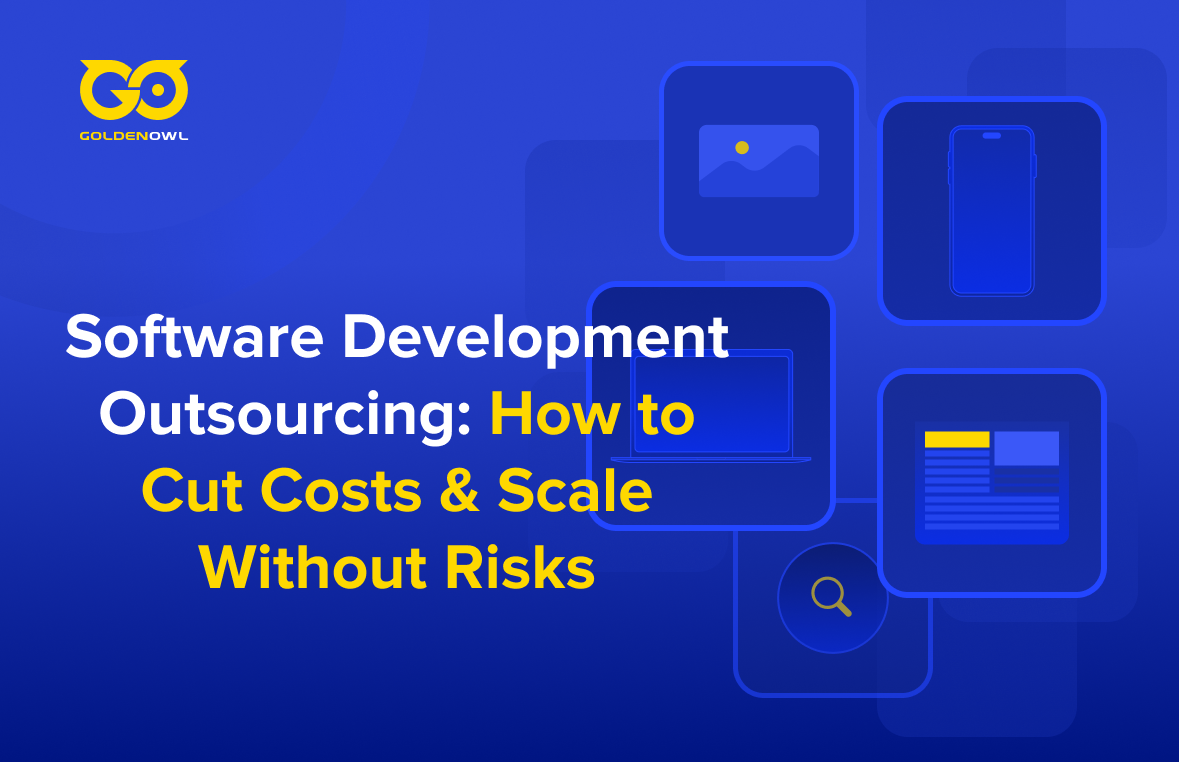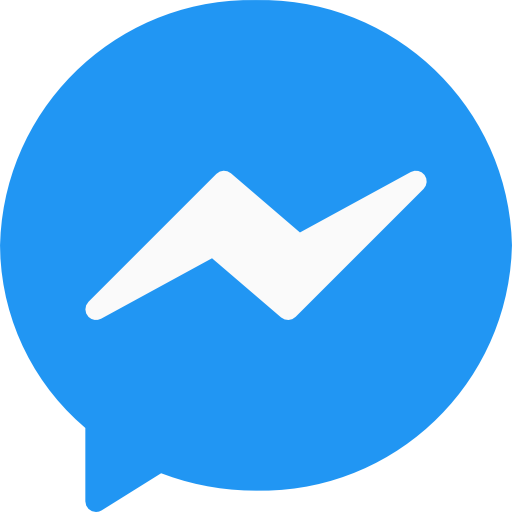What does GPT stand for in ChatGPT? Discover the answer. Find out how it works, what it can do, and more in this article.
ChatGPT is a state-of-the-art conversational AI system that can generate natural and engaging responses to user messages. It’s based on GPT—a large-scale language model that can learn from billions of texts on the internet.
In this article, we’ll talk about the ChatGPT acronym, what GPT does stand for in ChatGPT, what it can do, why it’s so popular, and answer some frequently asked questions about it.
Definition of ChatGPT?
Chat GPT is a chatbot that uses GPT-3.5 or GPT-4 to generate responses to user messages. It uses GPT to learn from various sources of conversational data, including social media posts, online forums, chat logs, and more. The chatbot then utilizes this knowledge to produce relevant and coherent responses to user messages in different domains, languages, and styles.
Read more: Discover the Top Advantages Of Chatbots
What Does GPT Stand for in ChatGPT?
GPT stands for Generative Pre-trained Transformer. Here's a breakdown of what each term means:
- Generative: The model is designed to produce or generate text or other outputs. For instance, ChatGPT generates human-like responses to questions or prompts.
- Pre-trained: Before being fine-tuned for specific tasks, such as engaging in conversations, the model undergoes extensive training on a large dataset. This training helps it learn patterns, grammar, and context from the text it processes.
- Transformer: This refers to a specific neural network architecture that powers GPT models. The transformer enables the model to grasp relationships and dependencies between words in text. It's widely used in natural language processing tasks like translation, summarization, and answering questions.
ChatGPT is a version of the GPT model fine-tuned for conversational interactions. It combines pre-training and transformer architecture to understand input and generate contextually appropriate responses.
Referenced from the article: https://community.clari.com/ai-chatgpt-and-revai-83/what-does-the-gpt-mean-in-chatgpt-692
What Can ChatGPT Do?
After learning what GPT does stand for in ChatGPT, it’s time to learn about what it’s capable of. This chatbot can do many things, including:
- Answer questions on general knowledge, trivia, facts, opinions, etc.
- Provide information and suggestions based on your queries and preferences, including weather, news, products, and services.
- Engage in casual or formal conversations with you on different topics and scenarios, such as hobbies, interests, jokes, stories, games, etc.
- Generate creative content like poems, stories, code, essays, songs, celebrity parodies, etc.
- Help you with rewriting, improving, or optimizing your content.
- Adapt to different user personalities and moods and respond accordingly.
How To Use ChatGPT?
This chatbot is easy to use and accessible to anyone with an internet connection and a device that can run a web browser. You can interact with the chatbot through a simple chat interface where you can type messages and receive responses from them. Below are the steps to use this chatbot:
1.Open your web browser and go to this website.
2. Create an OpenAI account to log in.
Read more: Chat Gpt Without Signing Up: Detailed Guide For Newbies
3. Accept the terms.
4. Next, you'll see a chat box where you can type your messages and see their responses. You'll also see some buttons to start a new chat, hide the sidebar, change the GPT version, etc.
To start a conversation with the chatbot, you can either type a greeting such as "Hello" or "Hi" or a question like "How does a computer process information?" or "What's the difference between a bacterium and a virus?". It’ll reply with a suitable response. The conversation can be continued as long as you want. You can change the topic or ask the chatbot to do something for you. For example, you can ask it to generate creative content, provide information or suggestions, and so on.
You can end the conversation anytime by typing "Bye" or "Goodbye" or simply closing the web browser.
Why Is ChatGPT So Popular?
This chatbot is popular because it offers several advantages over other chatbots. Some of them are:
- It generates natural and fluent responses that sound like a human would say.
- It can handle complex and diverse user messages containing multiple intents, emotions, references, slang, humor, etc.
- It maintains a consistent and coherent conversation flow with users across numerous turns and topics.
- It learns from new data and feedback and improves its performance over time.
- It can be customized and fine-tuned for specific domains or applications.
Frequently Asked Questions About ChatGPT Meaning
Here are some questions you may have about ChatGPT and GPT after you know what GPT does stand for in ChatGPT.
Where Does ChatGPT Get Its Information?
This chatbot gets its information from various sources of text data on the internet. It uses GPT-4 to learn from billions of texts from websites (blogs, social media platforms, online forums, chat logs, etc.). It can also perform web searches when the user seeks information (explicitly or implicitly) and use the search results to generate responses.
What Language Is ChatGPT Written In?
This chatbot is written in Python using PyTorch as the framework for implementing GPT 3.5 and GPT-4. It also uses other libraries and tools, including:
- Hugging Face Transformers for pre-trained models and tokenizers
- NLTK for natural language processing tasks like stemming and lemmatization
- SpaCy for named entity recognition and dependency parsing, etc.
What are the Limitations of ChatGPT?
This chatbot is imperfect and has some limitations that you should know. Some of them are:
- It doesn't always provide accurate and reliable information, as it relies on the quality and availability of the data sources it learns from.
- It doesn't always work properly. ChatGPT not working might be caused by technical issues. Sometimes, overloaded ChatGPT happens due to a large volume of data or tasks being requested.
Read more: How Many Questions Can I Ask Chatgpt In An Hour?
- It doesn't always understand the user's message or intent correctly. It depends on the context and clues the user provides.
- It doesn't always generate appropriate or ethical responses, as it may reflect the biases and opinions of the data sources it learns from.
- It doesn't always respect your privacy and security. It may store or share your messages and information with third parties.
Read more: Is ChatGPT Safe To Use?
How Can You Help to Improve ChatGPT?
This chatbot is constantly learning and improving from new data and feedback. You can help it become better by providing constructive feedback and suggestions. Report any errors or issues you encounter while using the chatbot. You can also contribute to its development by sharing your ideas or opinions on how to make ChatGPT more intelligent and human-like to OpenAI.
What Are the Differences Between ChatGPT and Other Popular Chatbots?
Here is a summary of some of the features and differences between ChatGPT and other popular chatbots: Google Bard, HuggingChat, and Microsoft Bing AI.
ChatGPT
- Description: A conversational chatbot that interacts in a dialogue format and can answer follow-up questions, admit mistakes, challenge incorrect premises, and reject inappropriate requests.
- Features: Use GPT-4–the most advanced language model by OpenAI. Can generate content like poems, stories, code, summaries, etc. Can access the internet and cite sources (only for ChatGPT Plus subscribers).
- Price: Free; ChatGPT Plus $20/month
- Description: A creative chatbot that can write stories, poems, jokes, and more based on user prompts.
- Features: Use LaMDA—a language model for dialogue applications by Google. Can handle open-ended and natural conversations. Adapt to different tones and styles
- Price: Free (in beta)
- Description: A search engine chatbot that can answer questions and provide information from the web.
- Features: Use GPT-4–the most advanced language model by OpenAI. Have access to the internet and links back to sources. Work like a search engine with information on current events
- Price: Free (in open preview)
- Description: An open-source chatbot that can be customized and deployed on any platform.
- Features: Uses Hugging Face’s Transformers library. Supports over 100 languages. Can be fine-tuned on any dataset.
- Price: Free (open-source)
What Are the Differences Between GPT-4 and GPT-3.5?
GPT-4 is an improved version of GPT-3.5 released in 2022 by OpenAI. Some of the main differences between GPT-4 and GPT-3.5 are:

In Summary
So, what does GPT stand for in ChatGPT? In short, GPT full form in ChatGPT is a Generative Pre-trained Transformer. It’s a large-scale language model that can learn from billions of texts on the internet.
As a result, this chatbot can do many things that a human can do, including answering questions, providing information or suggestions, engaging in casual or formal conversations, and generating creative content.
ChatGPT is popular because it offers several advantages over other chatbots, including naturalness, diversity, coherence, adaptability, and customizability. However, this chatbot has some limitations that users should be aware of, such as accuracy, reliability, appropriateness, and privacy. It’s still evolving and improving. We can expect it to become more intelligent and human-like soon.
In addition, We're thrilled to announce we'll be listed as “Top IT services companies in London” in DesignRush's upcoming press release: Golden Owl Solutions on DesignRush






















